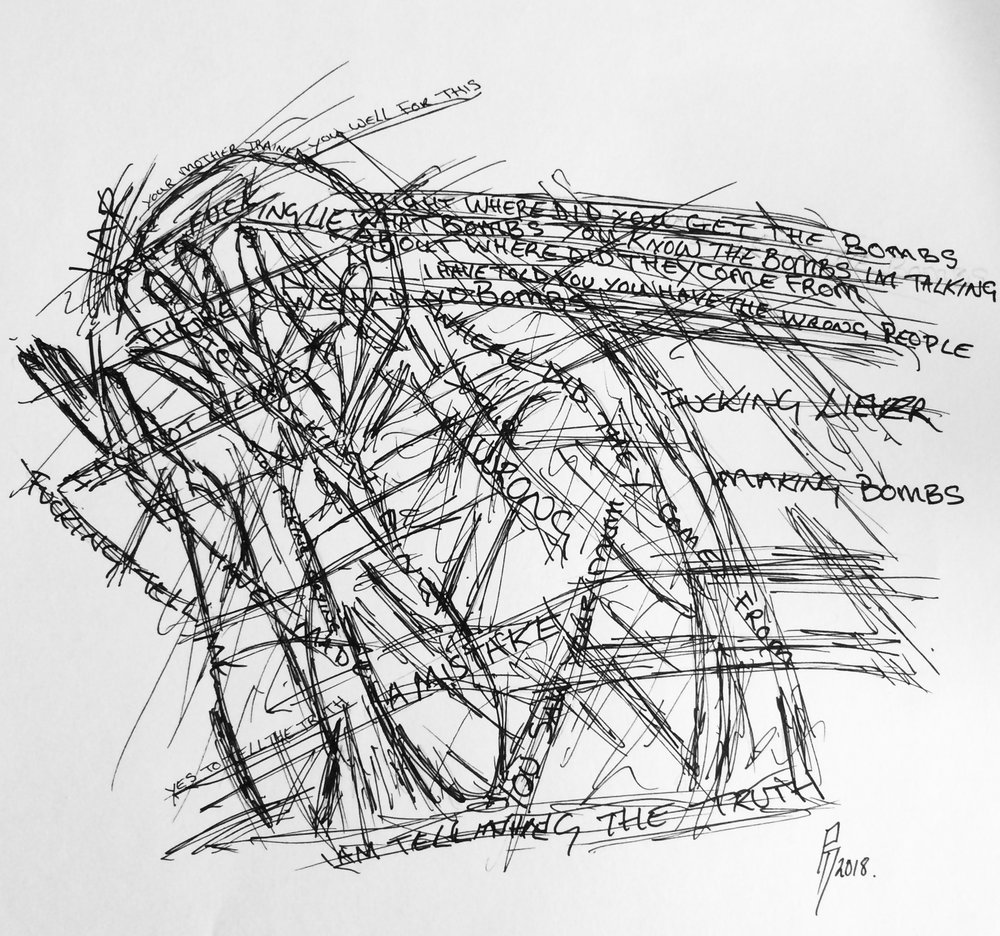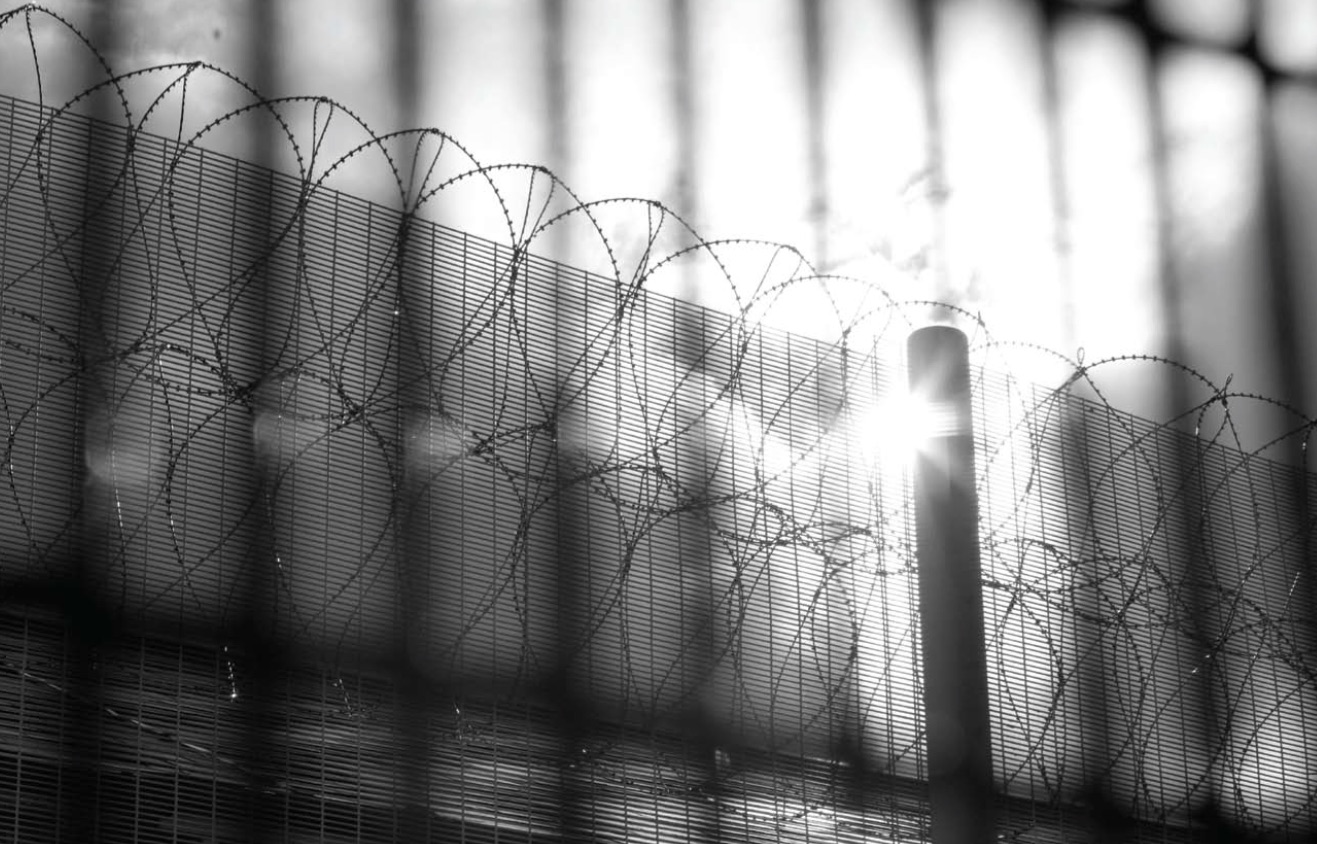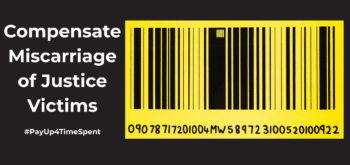The Criminal Cases Review Commission (CCRC) was established on the recommendation of the Royal Commission on Criminal Justice in the wake of widespread moral outrage over a series of notorious wrongful convictions that had marred the British justice system in the preceding decades. Now more than 20 years old, we can be in no doubt that the CCRC has come of age. Professor Carolyn Hoyle on her major research into the miscarriage of justice watchdog eight years in the making – this article features in the latest issue of Proof magazine.
 Not only has the CCRC grown in confidence, established a stronger organizational structure, and honed its investigative skills since its inception, but it has—somewhat cautiously—begun to assert itself in the wider criminal justice system, though it remains a little too detached from both friends and critics.
Not only has the CCRC grown in confidence, established a stronger organizational structure, and honed its investigative skills since its inception, but it has—somewhat cautiously—begun to assert itself in the wider criminal justice system, though it remains a little too detached from both friends and critics.
At the same time, it is becoming apparent that the criminal justice system is once again in crisis.
Significant changes, associated with austerity in the public sector–damaging reductions in legal aid for defendants and appellants, increasing evidence of police and prosecution failures to disclose potentially exculpatory evidence, and threats to the reliability of forensic science–have created a new and baleful climate in which wrongful convictions will not be anomalous but the inevitable outcome of a flawed system.
It seems, therefore, the right time to reflect on the CCRC’s role and consider how it addresses systemic flaws in criminal justice.
Since 2010, with my colleague Mai Sato, I have been conducting research on the commission that has involved, among other empirical methods, in-depth analysis of the its response to 146 cases and 90 interviews with current and former members of staff about these cases and the working practices and culture of the organisation. This research explores how the CCRC exercises its discretionary powers and makes decisions about how to investigate cases and which cases to refer back to the Court of Appeal.
Given its limited resources, the commission cannot conduct in-depth reviews of all of its approximately 1,400 applications a year and therefore operates a case screening process that produces a high rate of attrition. It subjects just over half of its applications to full and thorough investigation, rejecting the others with minimal review, and refers back to the court only between one and four per cent of applications, a small and recently declining number that leaves most applicants and their legal representatives disappointed.
Real possibility
The CCRC’s decision-making is structured by legislation that requires commissioners and caseworkers to consider if there is sufficient evidence to suggest a ‘real possibility’ that the Court of Appeal will deem the conviction to be unsafe. As the commission is required to consider how the Court will respond to a referral, its decision-making is inextricably tied to the test subsequently applied by the Court of Appeal: is the conviction is ‘unsafe’? The court does not need to be satisfied that the applicant is innocent.
The evidence must be capable of belief, capable of forming a ground for allowing the appeal, and fresh (Criminal Appeal Act 1968, section 23). Case law has evolved on this latter issue such that a real possibility may be established when there are new arguments or evidence that have not previously been considered by the trial or appeal courts (Criminal Appeal Act 1995, section 13(1)(b)). Furthermore, there must be a reasonable explanation for the failure to adduce the fresh evidence at trial if it had been available to the defence (section 2d).
Interpreting how persuasive fresh evidence or argument might be to the Court of Appeal, the CCRC needs to be mindful of the court’s response to past cases. Hence, the legislation has consigned the commission to a somewhat subordinate role, ensuring deference to the court’s evolving approach to what constitutes an ‘unsafe’ guilty verdict and to the court’s changing notions of what kinds of evidence are acceptable.
At the CCRC, there is considerable scope for discretion, for thorough examination of all possible avenues, or for choosing a more superficial consideration of a case. In deciding if there are reasons to doubt the safety of the conviction, and the particular grounds for a referral back to the Court, the commission may consider pre-trial procedural irregularities or ignored evidence; the case at trial; and any further evidence that has come to light since. It can commission forensic tests or call new expert witnesses and follow up new lines of enquiry.
Decisions about approach or persuasiveness of evidence are not made in a vacuum but informed by the success or otherwise of past referrals. Judgments and new legislation are regularly reviewed by the commission and reproduced with analysis in casework guidance notes, in ‘Statements of Reasons’ prepared for applicants and the court, and in informal communication between CCRC staff. These are the routine ways in which the commission guides its decision-makers’ interpretations of evolving jurisprudence and legislation.
Changes to the scientific or political landscape can influence the CCRC’s decisions. For example, evolutions in forensic science—such as developments in the accuracy and application of DNA evidence or in the interpretation of evolving expert opinion on infants’ head injuries (shaken-baby syndrome)– shifted the Commission’s tactics in relevant cases. The commission’s approach in sexual offence cases had been firmly rooted in concern for defendants’ fair trial rights, following key cases which turned on witness credibility, and commission staff were expected to carry out a series of witness credibility checks in most cases. Evidence uncovered by such checks has caused sufficient concern about the reliability of witnesses to persuade the commission to refer rape and sexual assault cases back to the Court, and the Court, in turn, to quash convictions. However, recent shifts in the political climate, with a new commitment to improving the experiences of victims, to believing their testimonies, and to increasing the reporting and conviction rates in sexual abuse cases, created an environment whereby the CCRC, in 2017, was persuaded to alter its policy on sexual offence cases by reducing the requirement for credibility checks.
Internal guidance, shaped by the Court’s jurisprudence, reminds commission staff of the necessity to demonstrate how any misconduct by police or prosecutors (such as failures to disclose exculpatory evidence), or incompetence by the defence, impacted on the safety of the conviction. The Court’s increasing reluctance to quash such convictions unless due process failures are determinative in themselves (with a clear nexus between due process failure and the safety of the conviction) showed the commission that, except in particularly egregious cases, it is not enough to simply demonstrate misconduct or incompetence.
Our data suggest that while legislation and case law structure much decision making at the CCRC, some referral decisions are influenced by non-legal factors. For example, decisions not to criticise poor defence work in cases where fresh evidence to support the applicant might be persuasive to the Court can be instrumental, aimed at avoiding the legislative barrier to referring cases where the defence lawyer failed to adduce at trial potentially exculpatory evidence. We also found some evidence of a moral decision frame; cases of particularly egregious police or prosecutorial misconduct where commissioners appeared to be driven partly by a desire to blame and to hold to account those in the criminal process who had failed to demonstrate professional integrity. In a few such cases, a referral might be made where the evidence is not particularly strong. Conversely, sometimes commissioners appeared to excuse police incompetence by reference to heavy caseloads and cuts to police services.
By following internal guidelines for reviewing applications and making referral decisions, hard and soft law shaped practice such that there was much consistency in approach across the Commission. That said, our analysis revealed some variability. This was particularly evident when cases were reviewed a second or even a third time following reapplication.
We found some variability in caseworkers’ inclination to conduct empirical investigations in their cases, with some expressing a clear preference for desktop research while others were keen to go out and meet with applicants or witnesses or visit the scene of the crime.
Furthermore, our analysis showed some variability in decision making, demonstrating that variables beyond case-based factors can influence a review and the decision whether or not to refer. This is not surprising. Though we write about ‘the Commission’ making decisions, judgements about whether a case meets the real possibility test are made by a committee of not fewer than three commissioners and a decision not to refer a case is usually made by just one commissioner, on the advice of a caseworker. In any one case, personalities, professional backgrounds, and experiences may shape the review process, guiding deliberations towards one outcome rather than another. This we found in both screening and reviewing cases.
Furthermore, tenacious and experienced appeal lawyers can have some influence on decision making at each stage of the review, with well-crafted applications with supporting evidence more likely to be subject to a full review. Unsuccessful applicants that are supported by a lawyer, particularly one willing to pursue judicial review of the Commission’s decision making, may be more likely to have their case reconsidered by the Commission. Indeed, a few cases in our study were referred to the Court, and convictions quashed, after two prior unsuccessful applications. Here, we saw new teams reviewing the same material but coming to different conclusions, suggesting some variability in how Commission staff make sense of the cases before them.
Variability
While caseworkers and commissioners are well-trained, legally skilled professionals, there was some variability in their thoroughness and efficiency. The CCRC has always prioritised thoroughness in its investigations but a reduced budget, coinciding with an increased caseload, has forced it to improve its efficiency in recent years. Most staff have adapted to this shifting climate, but a few seem to lack the confidence to make timely decisions in difficult cases. One somewhat fretful caseworker took years assessing the mounting evidence before it was decided not to refer the case; a decision that seemed surprising to us given the relatively strong evidence in that case. Such cases, though rare, are cause for concern within and beyond the commission.
As the commission guides its staff to review cases in light of the Court of Appeal’s previous response to similar cases, if the Court is too restrictive in its interpretation of its own legislation and the evidence before it, the real possibility test affords few opportunities for the commission to correct that. However, though the CCRC is institutionally deferential to the Court, it is not powerless to act in those difficult cases that engender unease. At the risk of a lower success rate, it can choose to be bolder in its referrals, given the Court is obliged to hear all its referrals.
There were only a few cases we encountered where we thought that the CCRC could have been more proactive in trying to change the Court’s jurisprudence. To push through those ‘borderline’ cases would have posed few risks to the commission’s relationship with the Court. Though the Court may not such quash convictions, appeals can expose systemic faults in criminal justice and hold other agencies to account for their due process failures.
Given the current crisis in criminal justice, this would not be a trivial outcome.
‘It’s a whole lot better than it’s predecessor’
From the final chapter of Reasons to Doubt:
‘Our research has shown that the CCRC is not a perfect organisation. It has more variability than most applicants would be happy with, it remains a little more cautious in its referrals than it may need to be, it is sometimes too slow and ponderous and it has, until recently, been somewhat reluctant to make use of of its knowledge of what can and does go wrong in the criminal justice process. However, of one thing we can be sure it is a whole lot better than its predecessor, C3, and there is no organisation currently in place top take not he CCRC’s vital work. With increasing evidenced of errors in our underfunded criminal justice system, wrongful convictions are set to rise. It would be nothing short of an own goal for critics to fight to remove the CCRC from our struggling criminal justice system or for the government to fail to fund it adequately for the task at hand.’
Reasons to Doubt: Wrongful Convictions and the Criminal Cases Review Commission by Carolyn Hoyle and Mai Sato (Oxford University Press)







